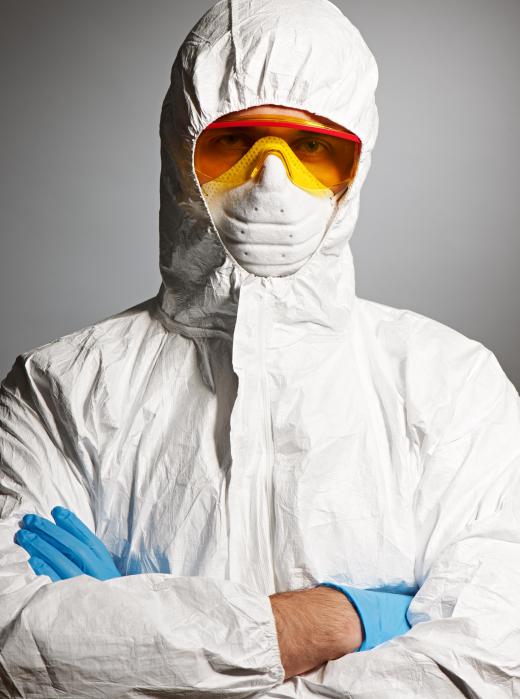Vacuum drying is a process in which materials are dried in a reduced pressure environment, which lowers the heat needed for rapid drying. It does not take place in a true vacuum, despite the name. Devices used for this process are known as vacuum driers, and can vary in size from small units designed to fit on kitchen counters to massive rooms which are used to handle things like timber products.
Drying involves reducing the moisture in an object, and is done in environments where the air is drier than the object being dried, which encourages moisture to evaporate out. This is often accomplished with heat to reduce the humidity of the air, but in a vacuum drier, the temperature does not need to be as high, and the drying is often faster. It's also possible to achieve a very high level of dryness, which may be desirable in some cases.

One advantage to vacuum drying is that it conserves energy. Less energy is needed for drying, cutting down on the economic and environmental costs associated with drying a product for storage, sale, or other purposes. This process also tends to work faster than other drying methods, cutting down on processing time, which can be important in some facilities where products are being moved through quickly.
Another advantage of drying materials in this way is a less damaging drying process. Some materials can experience problems at high temperatures, such as developing hard, leathery crusts from heat exposure during the drying process. Vacuum drying tends to retain the integrity of the original item without damaging it with heat. For foods, this can be valuable, as other drying processes can degrade quality and make the food less appealing.
Using vacuum drying equipment also reduces risks to workers. With other types of drying equipment, there are vented fumes and particles which can make people sick or which force people to wear protective garments. With a vacuum dryer, ventilation does not occur, and workers around the drier are safer. It's also possible to recover the precipitated moisture collected during the drying for further use or study.
Ever since she began contributing to the site several years ago, Mary has embraced the exciting challenge of being a About Mechanics researcher and writer. Mary has a liberal arts degree from Goddard College and spends her free time reading, cooking, and exploring the great outdoors.

